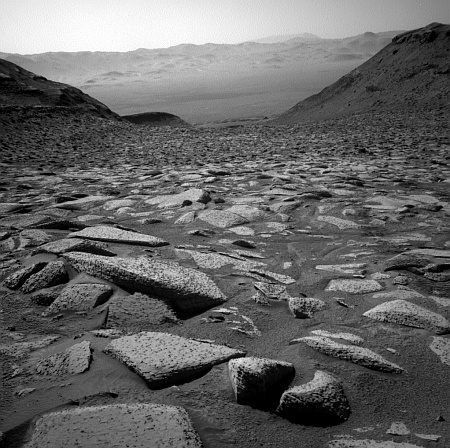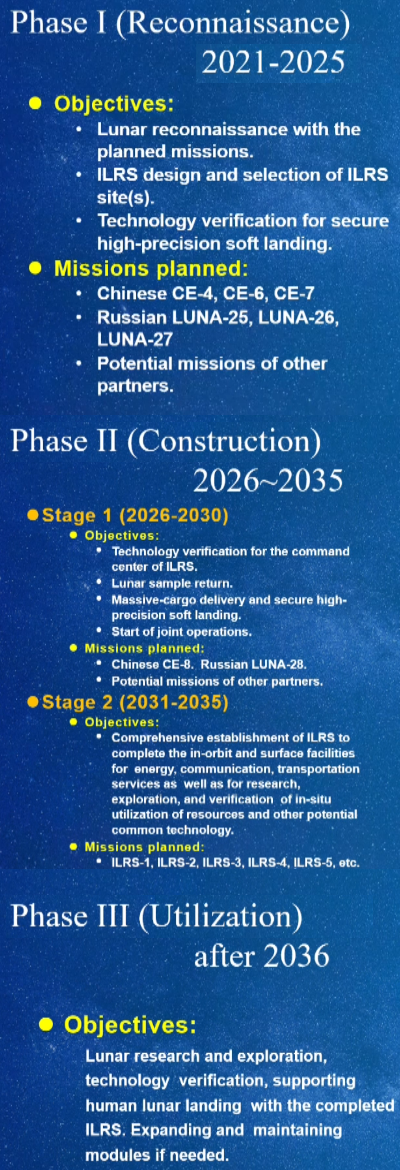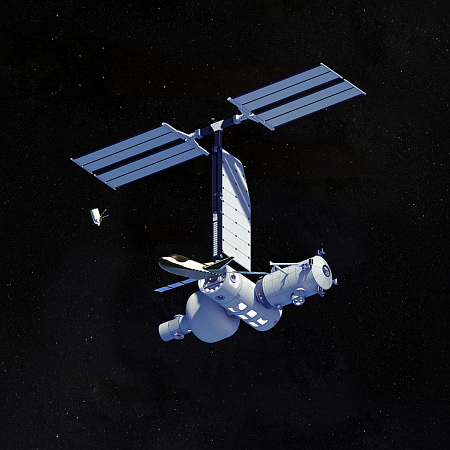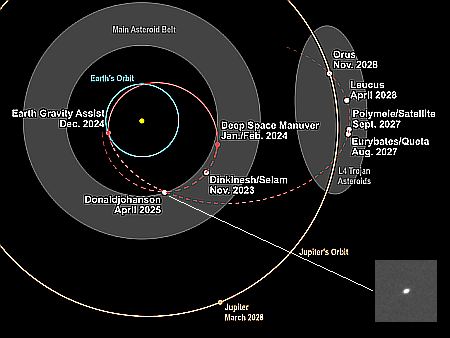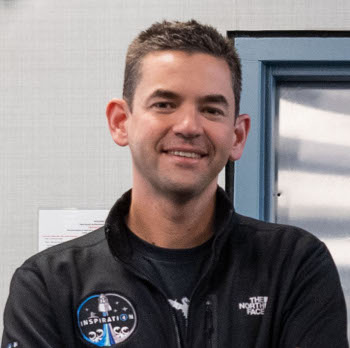Astronomers discover a well-developed spiral galaxy too soon after the Big Bang
Using the Webb Space Telescope, astronomers have discovered the earliest known well-developed spiral galaxy, dubbed Zhúlóng (meaning torch dragon in Chinese), that exists only about one billion years after the Big Bang and much too soon for such a spiral galaxy to have formed.
The false-color infrared Webb image to the right, cropped to post here, shows clearly the galaxy’s spiral structure.
Zhúlóng has a surprisingly mature structure that is unique among distant galaxies, which are typically clumpy and irregular. It resembles galaxies found in the nearby Universe and has a mass and size similar to those of the Milky Way. Its structure shows a compact bulge in the center with old stars, surrounded by a large disk of younger stars that concentrate in spiral arms.
This is a surprising discovery on several fronts. First, it shows that mature galaxies that resemble those in our neighborhood can develop much earlier in the Universe than was previously thought possible. Second, it has long been theorized that spiral arms in galaxies take many billions of years to form, but this galaxy demonstrates that spiral arms can also develop on shorter timescales. There is no other galaxy like Zhúlóng that astronomers know of during this early era of the Universe.
You can read the peer-review research paper here. The scientists posit a number of theories to explain this spiral galaxy, none of which have much merit at this time because so little data exists from that time period. That only one such spiral galaxy is presently known does not mean such galaxies were rare at that time. It merely means our census of galaxy populations in the early universe remains woefully incomplete.
Using the Webb Space Telescope, astronomers have discovered the earliest known well-developed spiral galaxy, dubbed Zhúlóng (meaning torch dragon in Chinese), that exists only about one billion years after the Big Bang and much too soon for such a spiral galaxy to have formed.
The false-color infrared Webb image to the right, cropped to post here, shows clearly the galaxy’s spiral structure.
Zhúlóng has a surprisingly mature structure that is unique among distant galaxies, which are typically clumpy and irregular. It resembles galaxies found in the nearby Universe and has a mass and size similar to those of the Milky Way. Its structure shows a compact bulge in the center with old stars, surrounded by a large disk of younger stars that concentrate in spiral arms.
This is a surprising discovery on several fronts. First, it shows that mature galaxies that resemble those in our neighborhood can develop much earlier in the Universe than was previously thought possible. Second, it has long been theorized that spiral arms in galaxies take many billions of years to form, but this galaxy demonstrates that spiral arms can also develop on shorter timescales. There is no other galaxy like Zhúlóng that astronomers know of during this early era of the Universe.
You can read the peer-review research paper here. The scientists posit a number of theories to explain this spiral galaxy, none of which have much merit at this time because so little data exists from that time period. That only one such spiral galaxy is presently known does not mean such galaxies were rare at that time. It merely means our census of galaxy populations in the early universe remains woefully incomplete.



